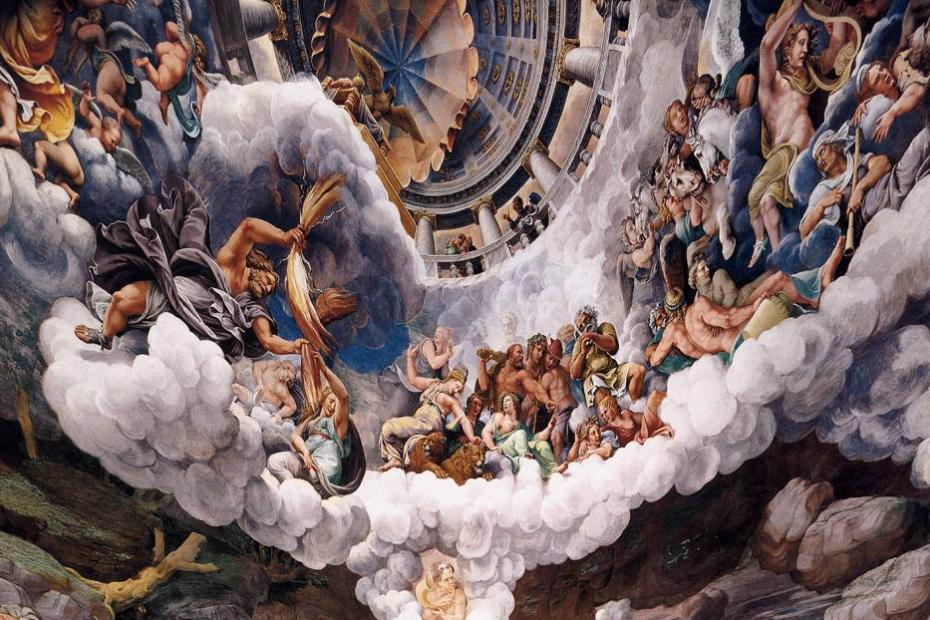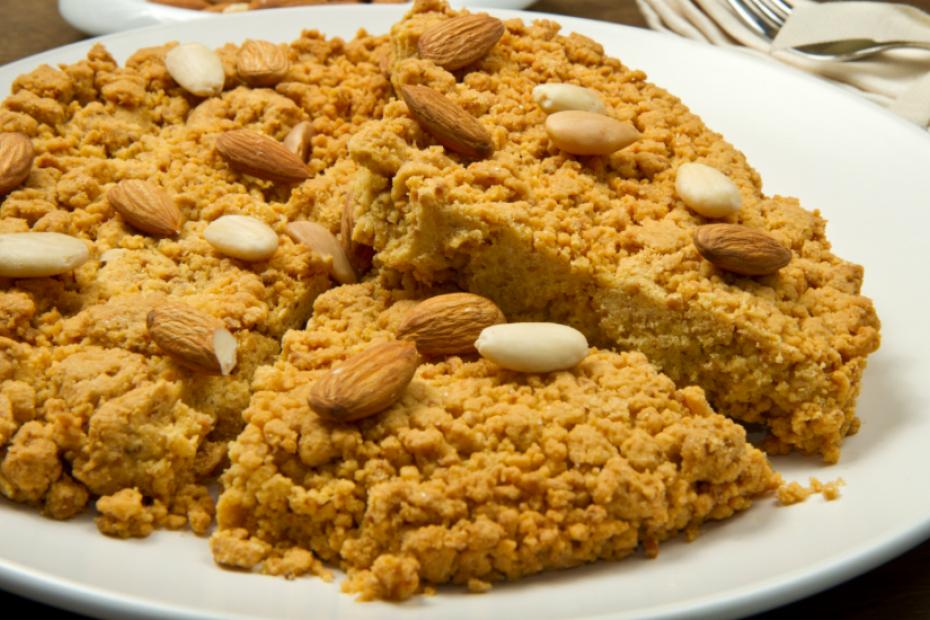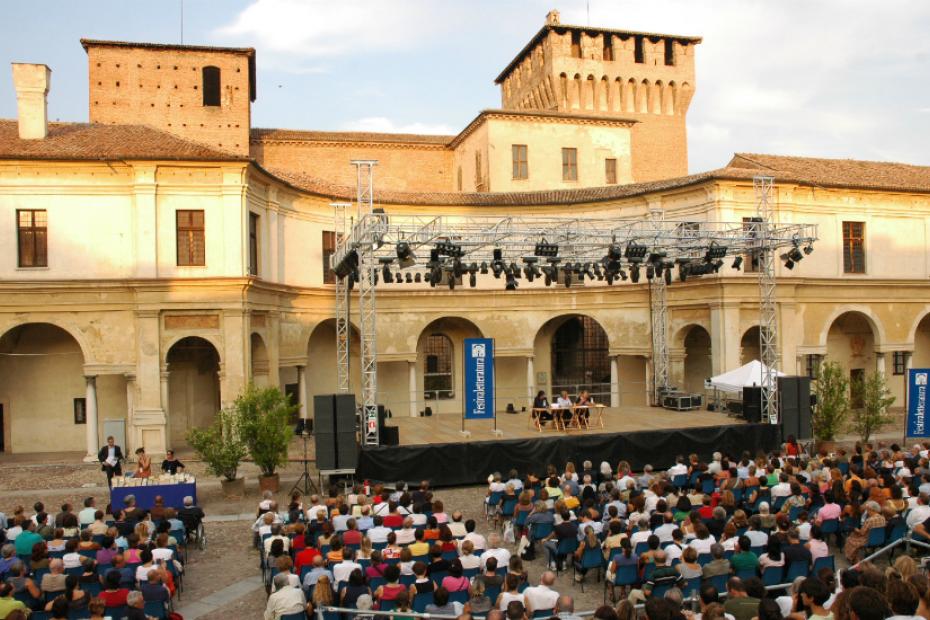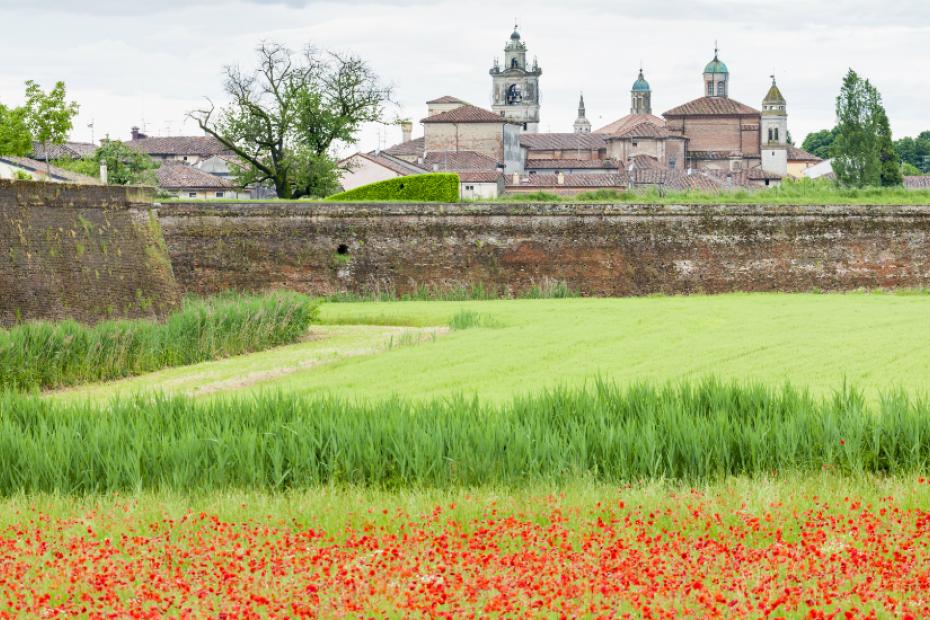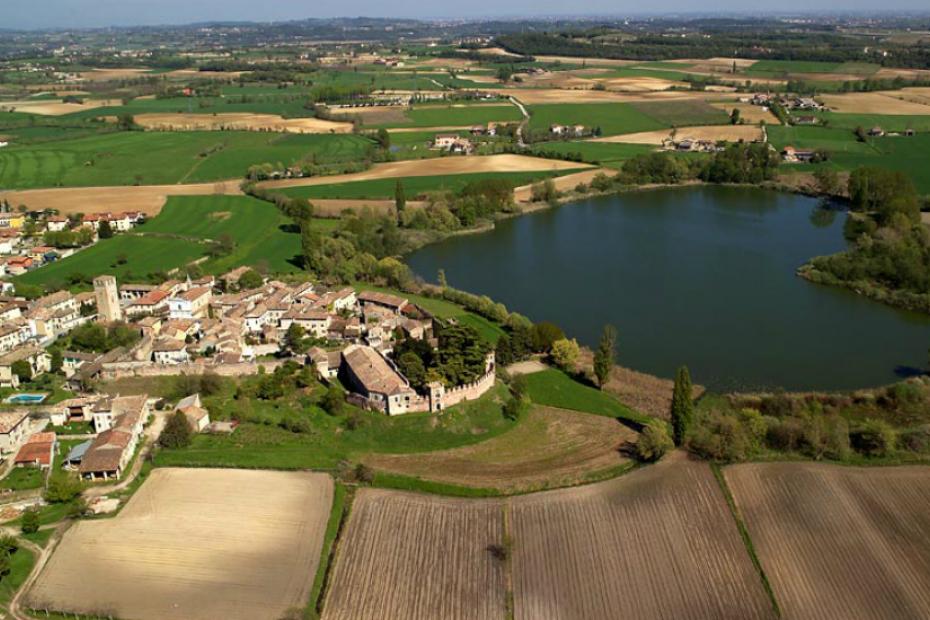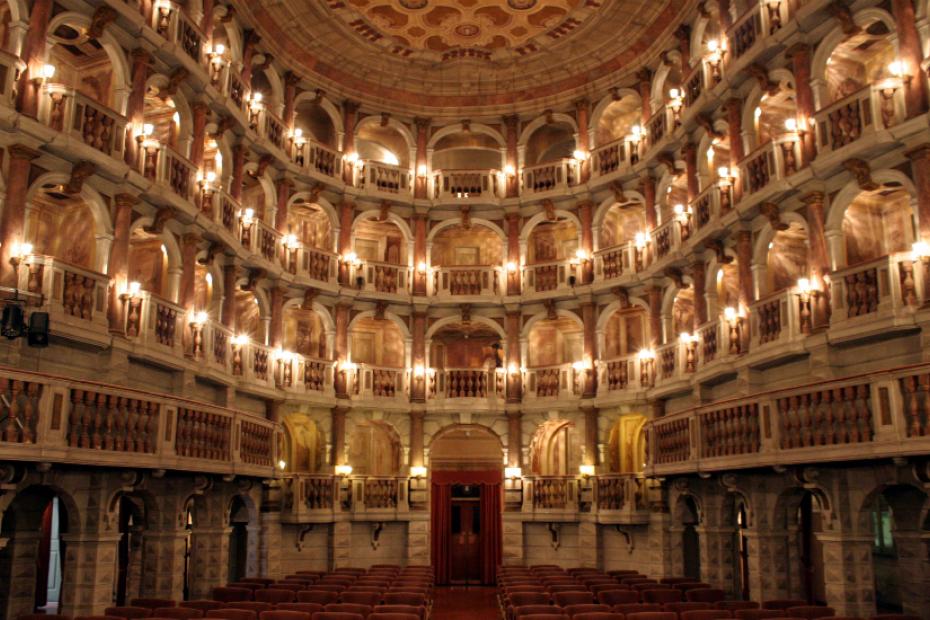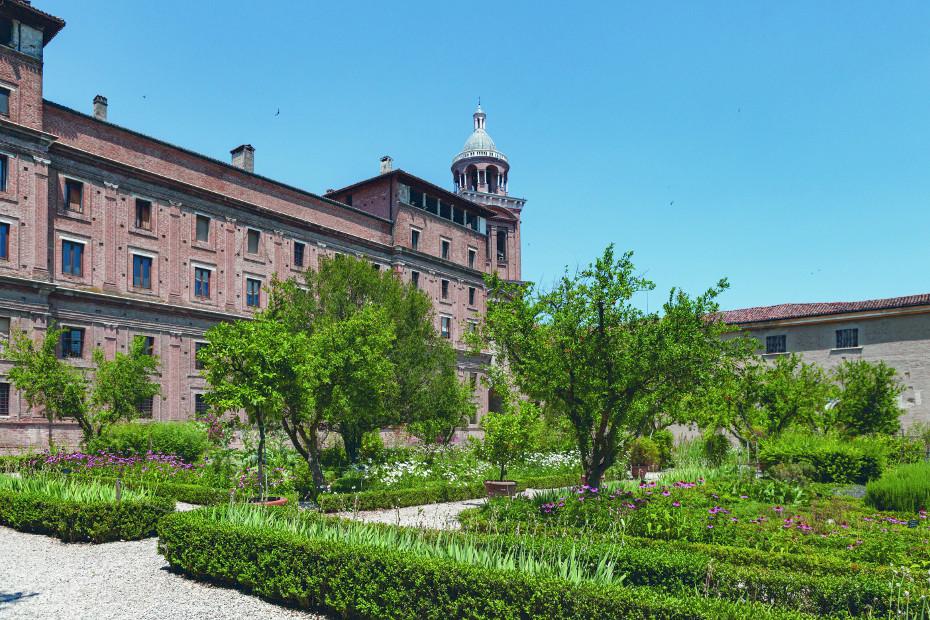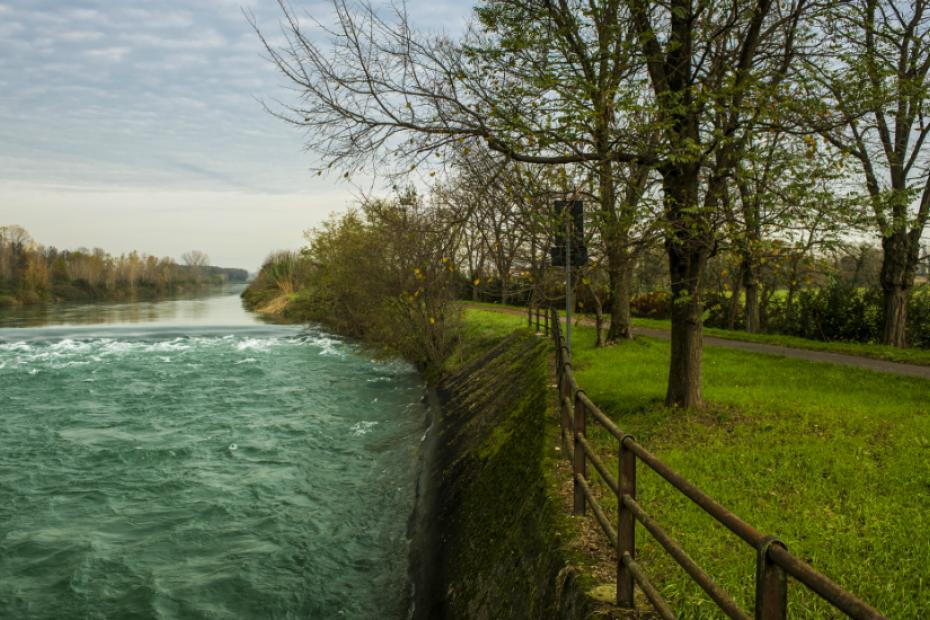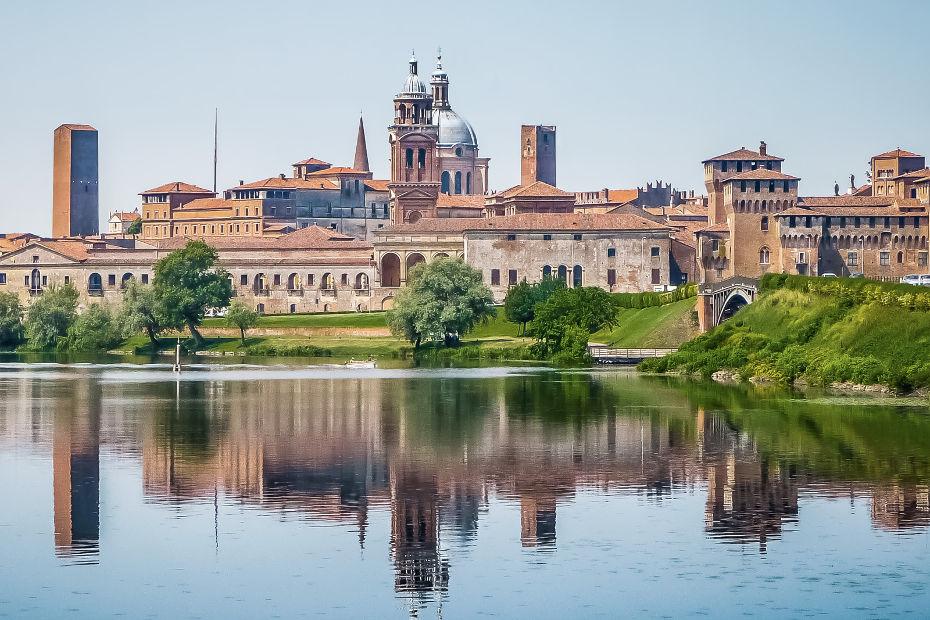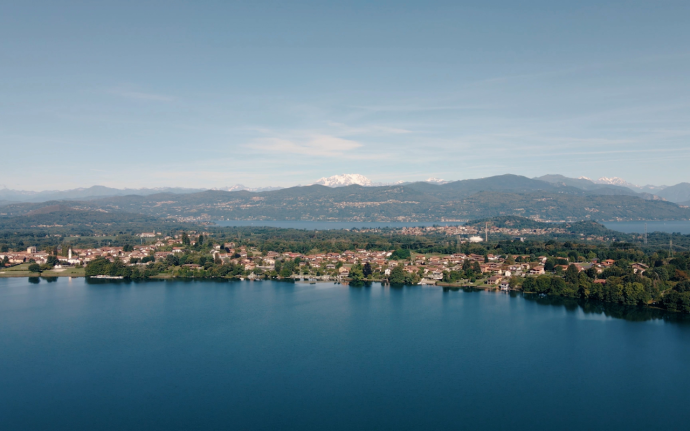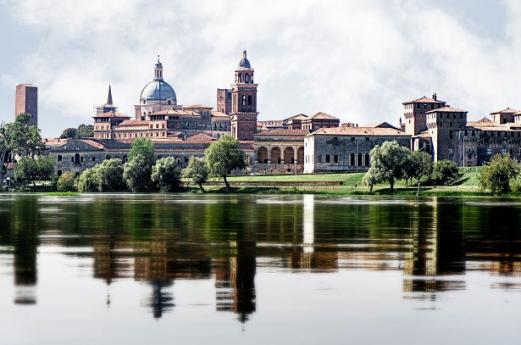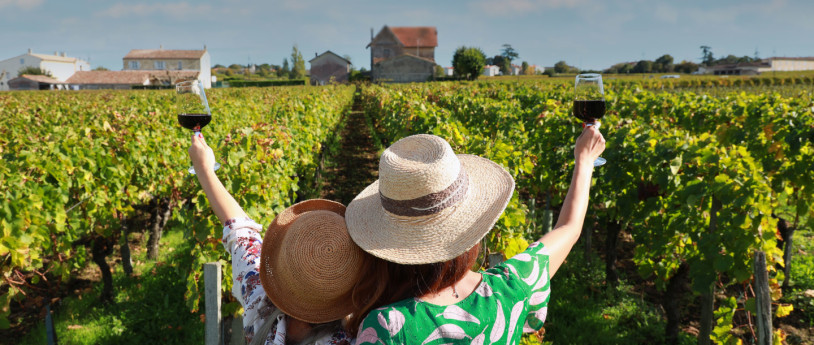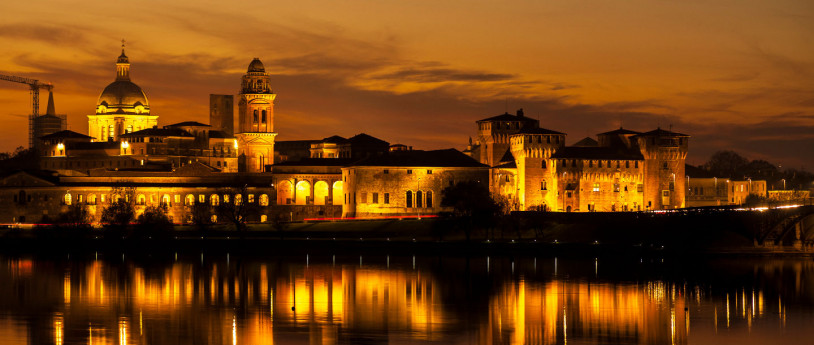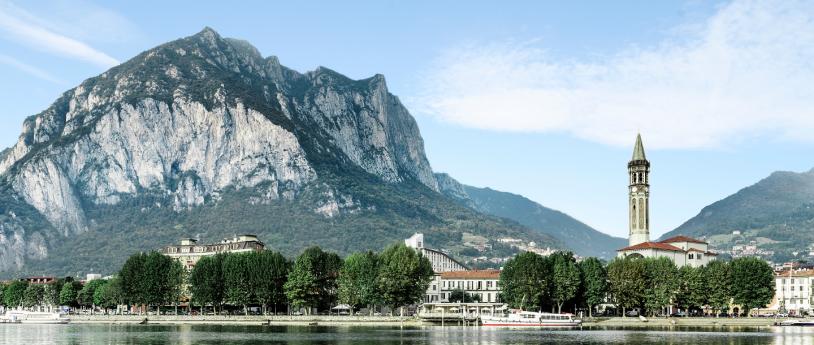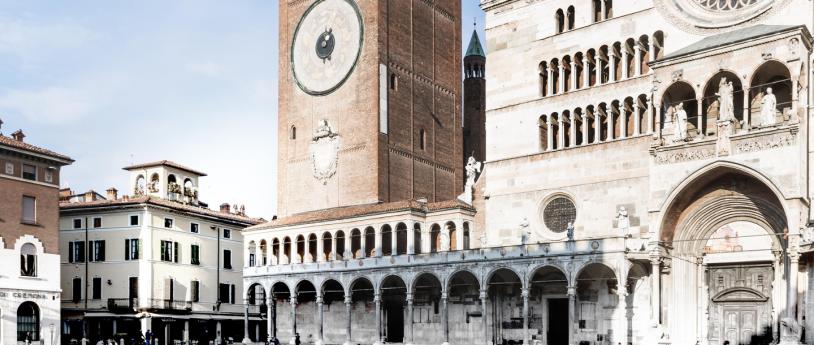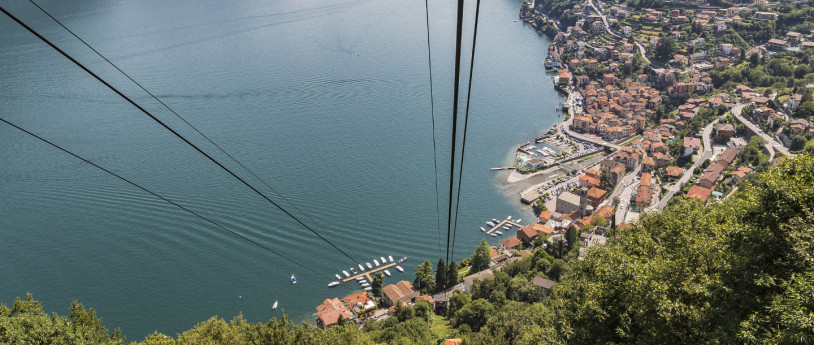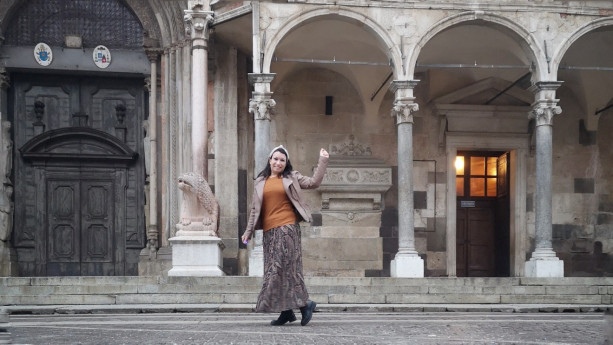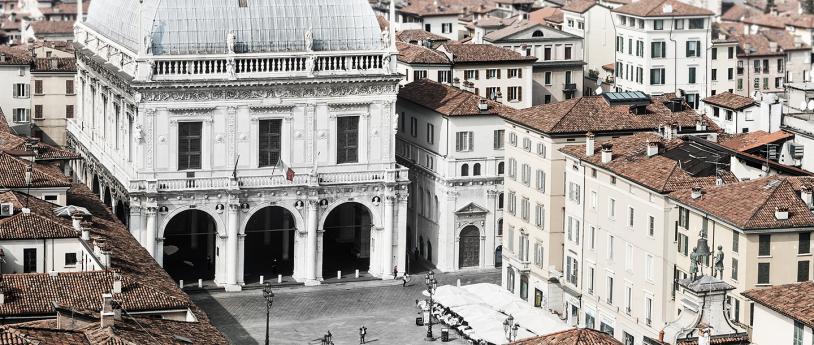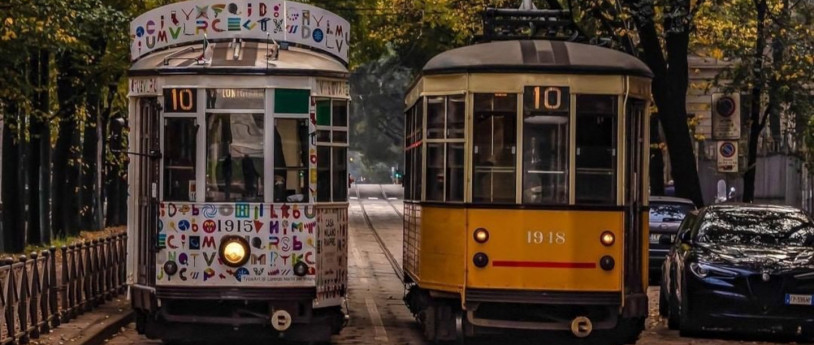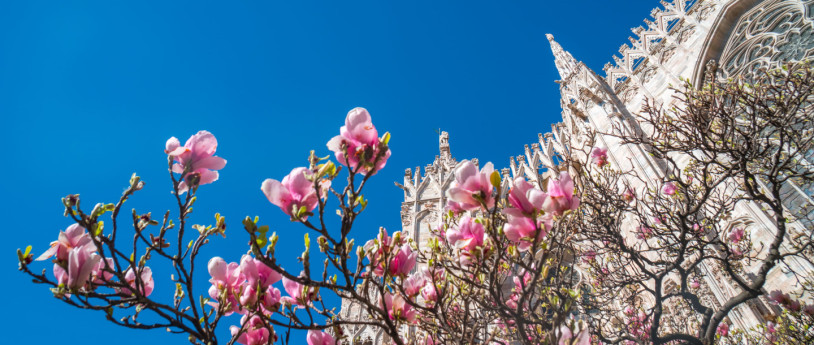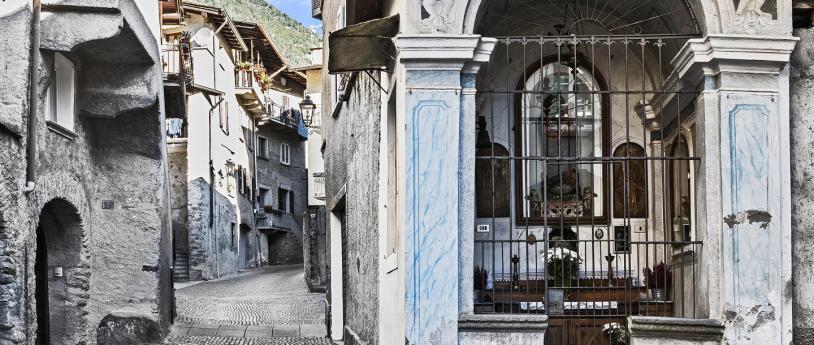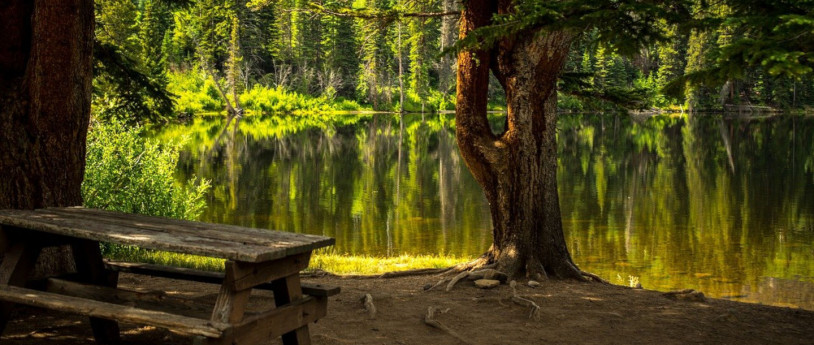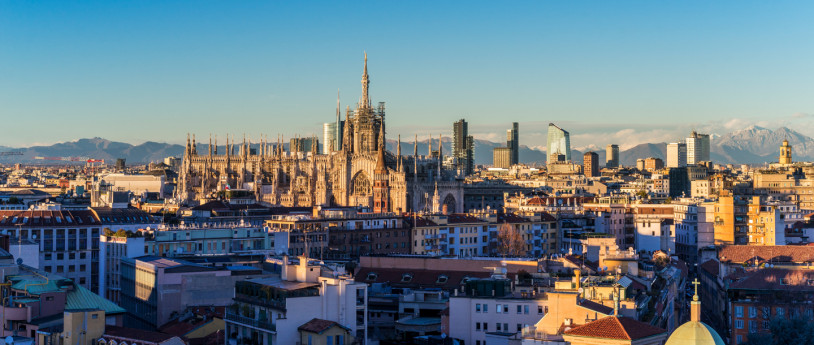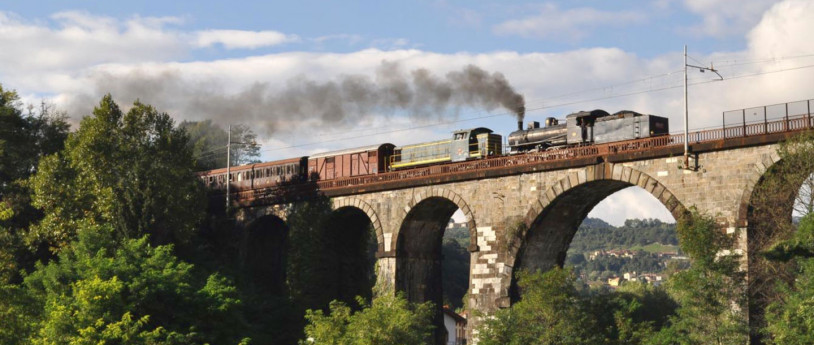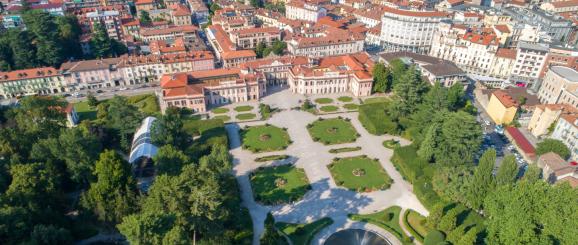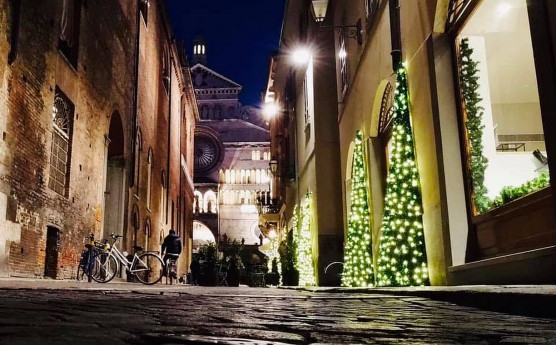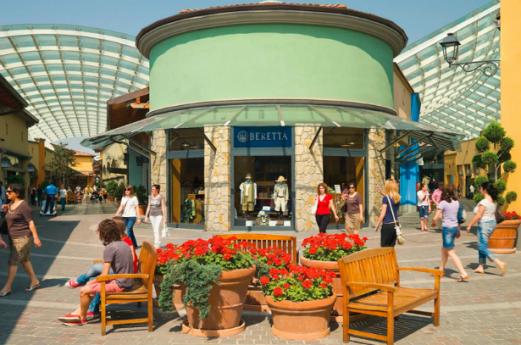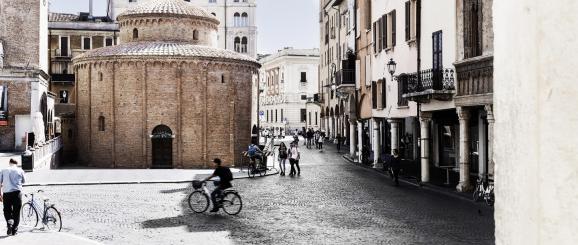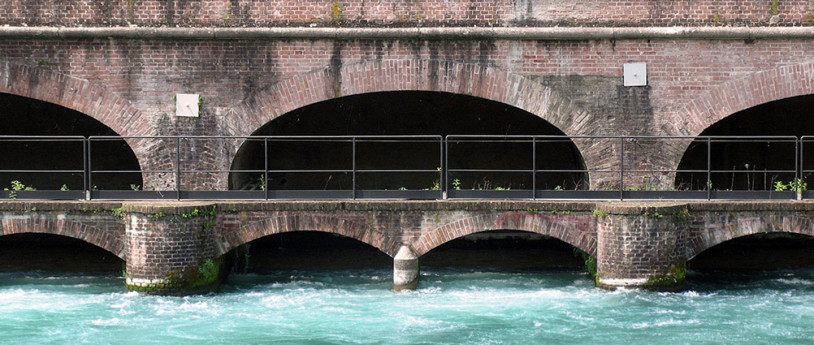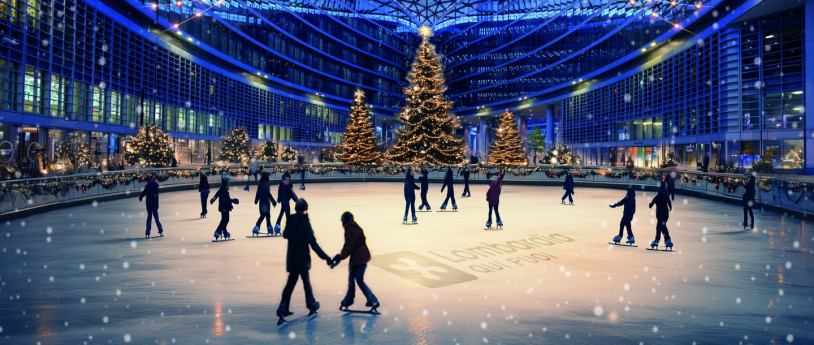- Lifestyle
10 Good Reasons to Visit Mantua
It is a gourmand's paradise..
Mantua is famous for its history, but culinary enthusiasts know well its delicacies. The mostarda and the sbrisolona, risottos made out of Vialone Nano rice and pumpkin-filled tortelli, Mantuan salami and Vaniglia cotechino, Grana Padano and Parmesan Cheeses...all this in a single Province!
It displays the projects of Vespasiano Gonzaga:
The history of Sabbioneta is connected with that of its founder, Vespasiano Gonzaga, who built it by following the humanistic model for an ideal city. Follow the Tourism Office guides (there are 4 guided tours every day) and discover the wonders of the Palazzo Ducale, Teatro Olimpico e Galleria degli Antichi. You will not be disappointed.
The Festivaletteratura is held here:
One of the most important events of its kind is held in September. Perfect for fans who wish to take part of encounters with authors, readings, artistic performances, concerts and find out new releases.
Its theaters are works of art.
Just a few weeks after the inauguration of Mantua's Bibiena Theater, a fifteen years old Mozart performed on piano in front of the audience. It is said that once he finished playing the father wrote to his wife: "I have never seen such a beautiful theater". Just take a look at it and you will certainly agree with him. Once you go across the building's facade designed by Piermarini you get inside and gaze upon its rococò, twinkling lights and porcelain pieces. Do not miss Sabbioneta's Teatro Olimpico, built based upon the designs of architect Vincenzo Scamozzi.
Giuseppe Verdi wrote an opera set in Mantua:
Walk around in Mantua and re-enact the scenes of the Rigoletto, opera piece by Verdi set in the city streets. The first two acts come to life by passing in front of the Palazzo Ducale. Discover the house of the Rigoletto, a statue of the famous jester stands in the middle of its inner garden. At the Lago di Mezzo, the play's tragic conclusion comes to an end to the sound of "la donna è mobile".
White storks can be seen:
One of the most fascinating trips that you can make in Mantua and its surroundings is the one in the Parco del Mincio, a green oasis of unparalleled beauty and subject of an interesting protection initiative. There is work at Parco giardino Bertone to reintroduce White Storks inside the park from 1994. Sightings of this species of bird are no longer rare, plus their migration is ceaseless during spring. The center is open to the public and organizes several activities that focus on children.
You can go on foot, bike and boat:
Visit monuments and discover Mantua's secrets by walking around the streets of the historic center, but also the trails that go into the Moraine Complex of Castellaro Lagusello, alongside a guide. It shows the habitats of the moraine hills, the formation of a glacial Lake and places where glaciers once stood. The bicycle lane of the Mincio goes along said river and through cities like Peschiera del Garda, Monzambano and Mantua. You can explore the valleys of the Mincio and the Lago Superiore by boat or canoe.
It is the Italian Culture Capital of 2016:
Monuments, museums, churches and stimulating events. Its rich artistic and cultural heritage has won Mantua above 9 other Italian cities as 2016's Culture Capital. A well deserved title, if you think about the Palazzo Ducale, with the Camera degli Sposi painted by Andrea Mantegna, the artist's house, the Rotonda di San Lorenzo, Mantua's oldest church and the Basilica, designed by Leon Battista Alberti. Go further towards Sabbioneta, Curtatone, Monzambano and Castellaro Lagusello.
